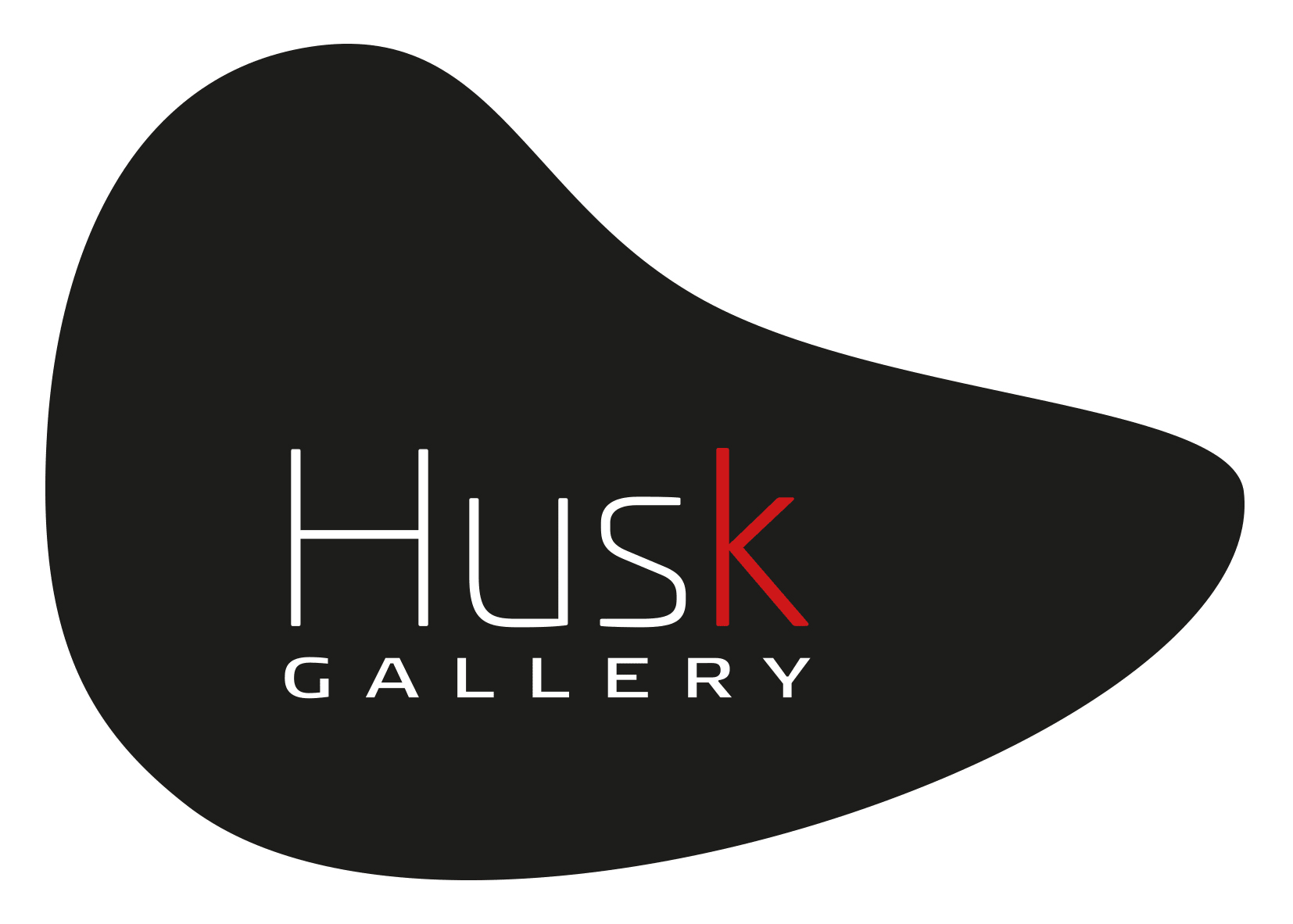Marc Brousse (b1984, Marmande,France) currently lives and works in Brussels. In 2010 he graduated as an architect at TU Delft in The Netherlands, and as from 2016 he combines his job as an architect with an artistic praxis. His artistic approach is grounded in an intimate relationship with architecture, which he perceives as a form of expression that can be integrated into an artistic movement. His initial discernible influence was his fascination with the art of building, which represents the foundation of the history of civilisations, religions and myths. During his travels, the artist observed that each urban site is a living, unique entity, comprising a complex interplay of buildings and spaces that evolve continuously over time. It is a dynamic system, shaped by the cyclical processes of growth and transformation. The internal dynamism of the system manifests in diverse ways, depending on the context in which it exists.
By means of drawing, he deploys an artistic language known as ‘traitillism’, capturing the line in its living form to generate allegories between man, his architecture and that of Nature. He views the line as a means of expressing temporal and architectural space. From this hypothesis, the artist approaches his compositions with an emphasis on the fundamental characteristics of the line, the underlying principles of spatial composition, and its relationship to the concept of time. This approach allows him to observe the evolution of an abstract construction, which begins as an infinitesimal entity and gradually takes shape, forming a space with a figurative and narrative quality. His works on paper are produced using Chinese ink (rotring) and graphite. Each piece is drawn freehand with the naked eye.
Marc Brousse provides a brief literary note with each piece of urban poetry, which serves as an 'instant poem' that allows readers to engage with the works and recall the locations depicted.
Since 2020, Marc Brousse has been using a variety of media (sculpture, video, writing), always with a view to revealing the fundamental values of our environment, such as architecture and the natural city, which form the basis of a vector for social relations and unification.

